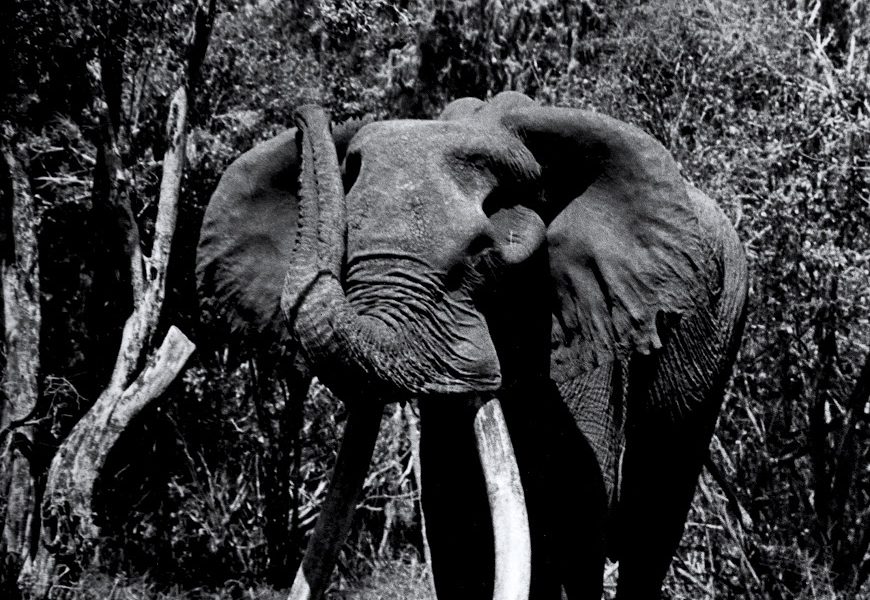ASKOFU QAMPICHA ASEMA MALUMBANO YANAYOSHUHUDIWA NCHINI INACHOSHA WAKENYA.
October 22, 2024

By Adelaide,
Ahmed the elephant also known as the Marsabit elephant was a majestic and iconic creature that roamed the Marsabit national park in Kenya. Today, Google honored Ahmed by featuring him in their Google Doodle, thus bringing global attention to this remarkable animal.
Ahmed’s recognition as a Google Doodle signifies the importance of wildlife conservation and the unique beauty of endangered species. This giant, with its magnificent tusks and captivating presence, served as a symbol of hope and resilience in the face of habitat loss and poaching threats.
Ahmed’s story is one of survival and triumph. Despite the dangers that elephants face in the wild, he managed to thrive and capture the hearts of many. The doodle features illustrations of elephants and tourists, symbolizing he’s popularity and the attention it received.

Ahmed’s story began in 1919 when he was born in the forests of Kenya’s Mount Marsabit. It was in the 1960s that he gained worldwide recognition after being discovered by hikers in the Northern Kenya mountains.
What set Ahmed apart were his exceptionally large tusks, which were said to scrape the ground. The distinctive feature caught the attention of people both in Kenya and around the world, leading to numerous stories about the “King of Marsabit”.
Ahmed’s fame even reached television outlets, with an ABC series and a documentary being made about him in 1970.
As word spread about Ahmed, school children campaigned for his protection against poachers. They wrote letters to Kenya’s first president the late Mzee Jomo Kenyatta, requesting his intervention. In response, President Kenyatta issued a presidential Decree, granting Ahmed protection. To ensure his safety, two security guards were appointed to watch over Ahmed and prevent any harm from poachers.



Ahmed lived a long life, passing away at the age of 55 from natural causes. His death was a significant loss, and Kenya celebrated his legacy afterward. President Kenyatta decided to preserve Ahmed’s body for future generations.
Taxidermists were called to plan his preservation, and his body was meticulously saved at the Nairobi National Museum, where it can still be seen today.
This recognition on the Google homepage serves as a reminder that every effort to preserve and protect endangered species matters. It brings global awareness to the plight of elephants and emphasizes the importance of preserving the habitats for future generations.
For the people of Marsabit, this Google doodle is an acknowledgment of their dedication and commitment to conserving their natural heritage.
With Ahmed’s story in mind, we can all work together to make a positive difference in the world and ensure that future generations can experience the wonders of the natural world.